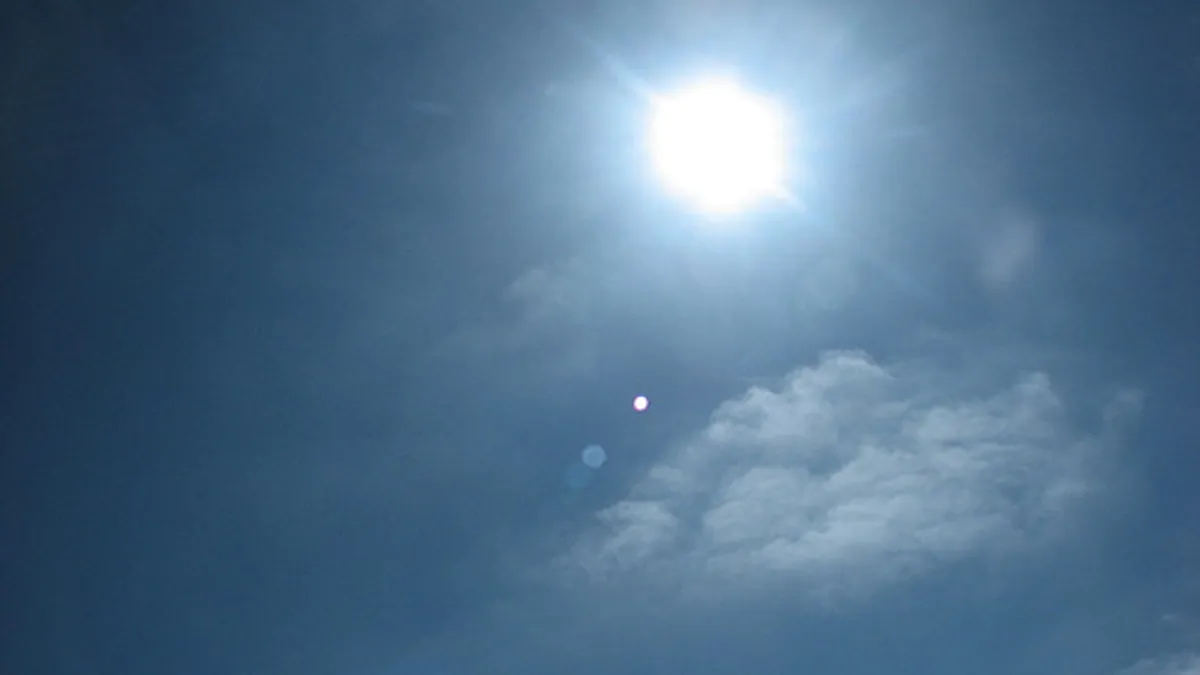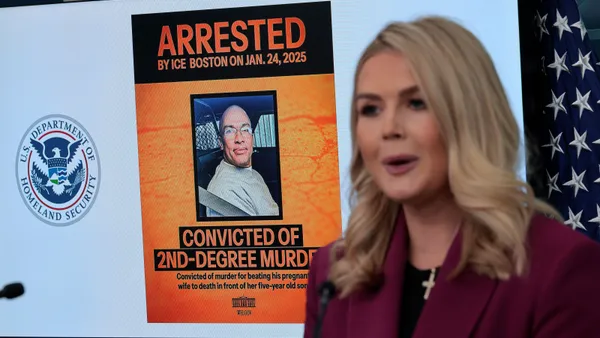Dive Brief:
-
Rep. Judy Chu, Democratic congresswoman from California, introduced a bill that, if passed, would direct OSHA to create a standard for heat-related injuries and illnesses. Chu bill, H.R. 3668, was introduced July 10 and has been referred to the House Committee on Education and Labor.
-
The Asuncion Valdivia Heat Illness and Fatality Prevention Act of 2019, named after a California farmworker who died of heatstroke in 2004 after picking grapes for 10 hours in 105-degree temperatures, would require employers, if passed, to develop heat prevention plans. The OSHA federal standard would have to provide at least as much protection as the most protective OSHA-approved state plan; establish heat exposure limits and employer monitoring requirements; take into consideration NIOSH (National Institute for Occupational Safety and Health) criteria; and mandate other measures to keep workers safe from heat-related injuries and illnesses.
-
In the text of the bill, Chu wrote that the decreased mental and physical capacities of workers exposed to excessive heat increases the risk of accidents, which drive up employers' workers’ compensation costs and medical expenses. In addition, the associated reduction in productivity decreases income for both employers and workers.
Dive Insight:
OSHA currently gives guidance to employers about how to keep employees safe during high-heat workdays. The agency's guidelines includes:
- Providing workers with adequate water, rest and shade.
- Allowing new workers to acclimatize and build up a tolerance to high temperatures.
- Planning for emergencies.
- Training workers on heat illness and injuries.
- Monitoring workers for signs of heat-related illness.
Lydia Baugh, external affairs director for the International Safety Equipment Association (ISEA), told the Occupational Health and Safety publication last month that the association and some of its member companies also planned on petitioning OSHA to develop a national standard to protect workers against heat-related injuries and illnesses. The association would likely use the California Heat Illness Prevention standard as a model. According to Chu's bill, multiple branches of the military, as well as California, Washington and Minnesota, have all developed heat standards in absence of a federal one.
California’s standard, for example, requires that employers provide shade and and supply enough water so that each person can drink one quart per hour, as well as encourage workers to take five-minute breaks.
The text of the Chu's bill notes that 18 of the 19 hottest years on record have occurred since 2001. According to the National Weather Service, excessive heat kills more people in the U.S. than tornadoes, hurricanes, floods and lightning combined.












